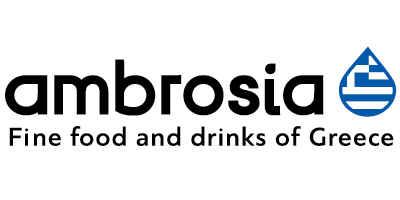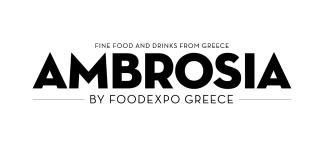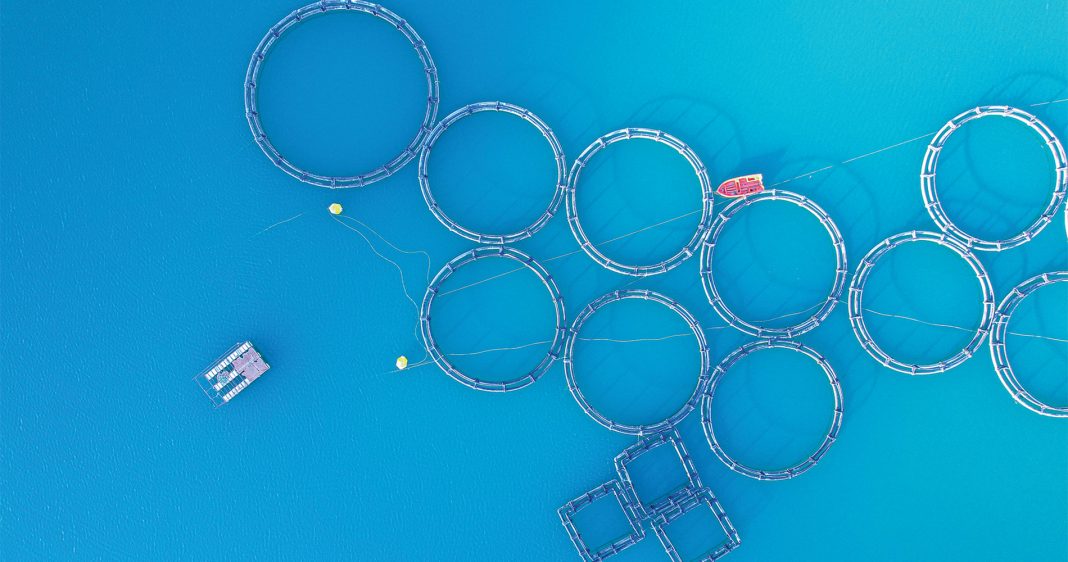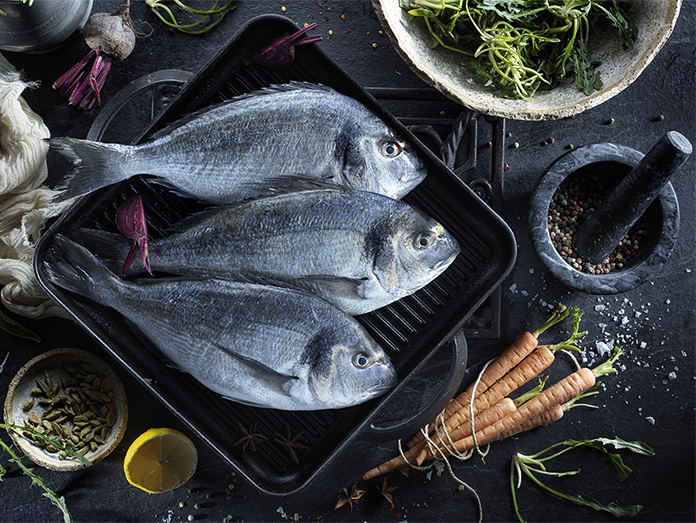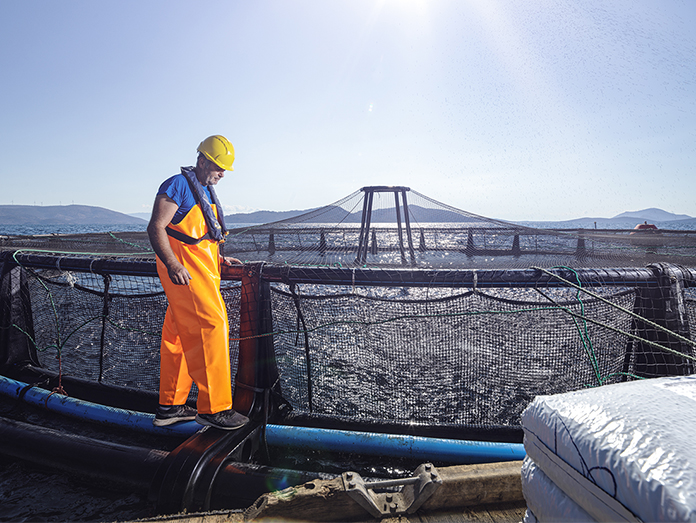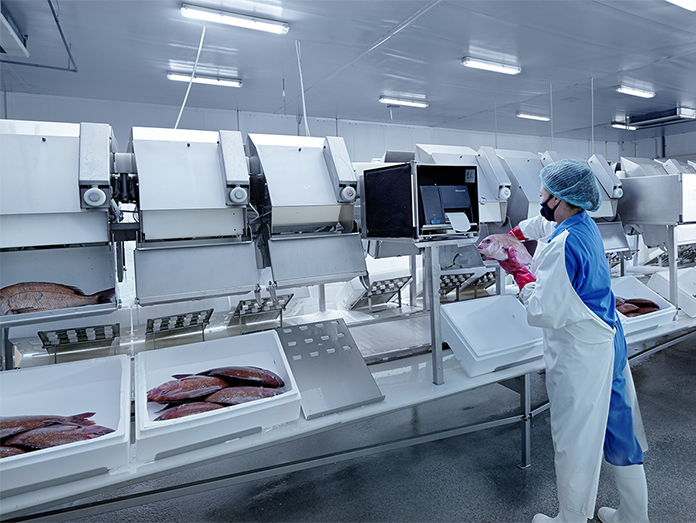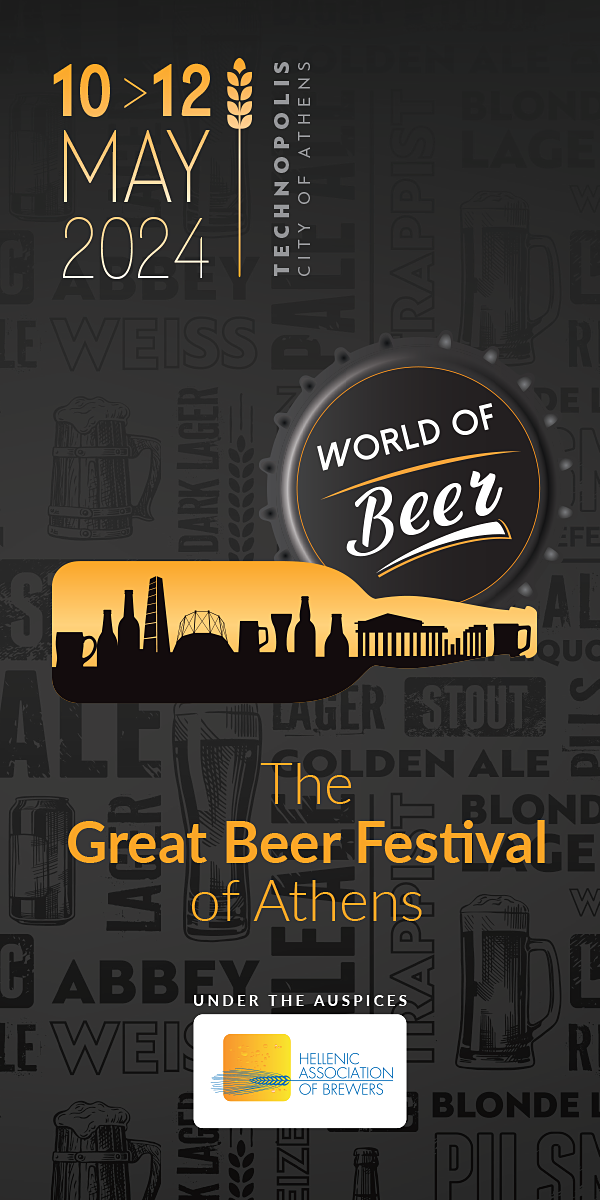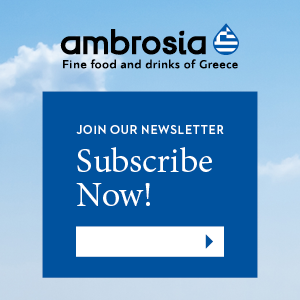If one should say that aquaculture in Greece is more than a sector and closer to a true industry, they would be right: a whooping 65% of domestic production of fishery products comes from aquaculture, while the remaining 35% from fishing. Adding the fact that the sector has created and ongoingly supports 12.000 direct and indirect jobs in both coastal and remote areas, this makes the field a key player in the Greek f&b industry.
Production, volume and value
Greece is the leader in farmed fish in the European Union, but let’s see how this depicted in numbers: in 2020 alone, total aquaculture production reached 143,416 tons with an estimated value of 593,85 million euros, marking a decrease of -5% in terms of volume, but 0,8% increase in terms of production value -worth noting that farmed fish and mussels are the main farmed species, representing 87% and 13% respectively of total production. Within this frame, while Mediterranean farmed fish production in 2021 amounted to 131.250 tons worth 636 million euros, representing 7% production increase and 10% sales value increase compared to the previous year, the respective Greek sea bream and sea bass exports amounted to 100.361 tons worth almost 499 million euros, boasting a +9,3% in volume and a +9% in export value. The two (sea bream and sea bass) accounted for 96% of the sector’s production (125,550 tons), with other species making up the remaining 4% (5,700 tons). Of the total production, 80% went to the EU and third countries, while the remaining 20% was distributed on the domestic market. Italy, Spain, and France continue to be the main markets for Greek fish farming, with these three absorbing 58% of the country’s aquaculture output.
Summarizing developments in the sector over the past year, in 2022 the industry marked the highest sales in a decade, but also noted concerns about the constrained economic environment due to inflationary pressures and price increases.
The increase in the prices of raw materials used in fish production lead to a 25% cost increase.
Production costs affect prices
The relaunch of the economy and most productive and commercial activities after an almost two year hibernation due to the covid pandemic created imbalances in the availability of raw materials and goods, causing effects on the circulation of goods. This caused high inflation and price hikes in all inputs to the production process resulting in increased production costs. Specifically in fish farming, there were price increases in fish feed, energy, liquid oxygen, packaging materials as well as transport costs. The most significant rise in production costs was caused by the increase in the price of raw materials used in the production of fish feed, leading to a 25% cost increase, mainly due to the energy crisis and supply chain disruptions from the Russian invasion in Ukraine.
The Sustainability Challenge
Sustainability is a core issue. It started as a trend a few years ago, and today it has been included as one of the pillars for the development of every industry, especially f&b worldwide, while it is also a purchasing criterion for consumers. For aquaculture, however, sustainability is a sine qua non value, embedded in the very core of the industry.
Within this frame, Greek fish farming is not just a part of primary food production. It is a competitive, technologically advanced industry with the main objectives being the well-being of fish and the protection of marine biodiversity. By creating a strong identity for their products, the sustainability concern being one of its parameters, Greek companies strengthen their purchasing appeal and differentiate Greek farm products from products produced in other countries.
For more than 20 years, the companies in the sector have adopted and are committed to the principles of the code of conduct of the Federation of European Fish Farmers by applying all the technical recommendations and guidelines of the World Food Organization. Moreover, in the context of the European Green Deal, the European Commission’s communication on the “Farm to Fork” strategy and other important political initiatives taken at the European and international level to ensure food security and transition to more sustainable food production systems, the Greek body, HAPO (Hellenic Aquaculture Producers Organization) and its members are committed to face all the new challenges raised, to minimize the environmental footprint of the production of Mediterranean fish farming products and to create value for the employees working in the industry, for local communities, and also for the environment.
Aquaculture History
Aquaculture, also known as underwater agriculture, is the cultivation of aquatic animals and plants. It has a long history dating back 4,000 years to China, with the husbandry of common carp. The motherland of modern aquaculture is the United States, where it began in the late 19th century as a way to boost fish stocks for sport fishing. In Greece, there are evidence of the practice leading back to the 5th century, while in its modern form, it has less than 50 years of history. Today, aquaculture accounts for almost 50% of world seafood supply and continues to grow, whereas wild-capture fisheries have stagnated or are in decline.
By creating a strong identity for their products, greek companies strengthen their purchasing appeal and differentiate greek farming products
Greek Aquaculture Trivia
- Aquaculture in Greece started growing rapidly within the 1980’s: back in 1985, there were only 12 farms with a total production of 100 tons.
- Today, there are 283 farms operating all over Greece, most of which are family-owned and SMEs, and the total production exceeds 120.000 tons, 100.000 of which are exported.
- The fish farming industry has presence in 11 of the country’s 13 regional units.
- In Greece, the per capita seafood consumption is 19 kg/person.
- Greece ranks 1st in volume and in value among the EU-27 in fish farming countries.
- Despite the increased competition with third countries and the continued increase in Turkey’s production, average prices for both main trade items are shown to be improved (+1.5% sea bream, +6% sea bass), creating positive results for most businesses in the sector.
- Aquafarms in marine waters account for 98% of total production.
- The lagoons are considered ideal places for fish farming. Today there are 72 organized lagoon farms in Greece, mainly from fishing associations with a total area of 400.00 m2. It should be noted that in the total amount of production volume and value, the fish produced in lagoon farms is not included.
- Due to the size of the sector, Greece has one of the highest employment rates in the EU, accounting for an impressive 12.000 employees (scientific, technical and labor personnel), directly and indirectly employed, thus significantly contributing to the economic development of local societies.
